In a bid to accommodate the growing popularity of catch-and-release fishing and shed light on native rough fish, the Minnesota Department of Natural Resources has announced significant changes to its record fish program, effective March 1, 2024.
Anglers are set to benefit from expanded opportunities as catch-and-release records will now be attainable for 18 additional species in addition to the four previously recognized.
Mandy Erickson, fisheries program consultant, expressed excitement about the prospect, stating, “Angler stories and photos of the huge fish caught from Minnesota’s lakes, rivers, and streams generate major excitement.”
The move aims to bring more attention to native rough fish, which are vital contributors to Minnesota’s aquatic ecosystems.
Under the revised program, records established before the requirement of certified scale weight will continue to be acknowledged as historical records.
Three categories will now be recognized: historical weight records, catch-and-release records documented by photos, and certified weight records verified by weighing the fish on a state-certified scale.
A new addition to the certified weight record category is the yellow bass, reflecting its increased presence and popularity in south-central Minnesota.
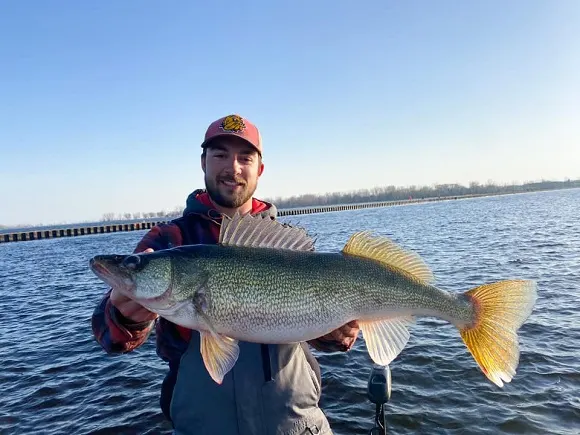
The fish species that have now been added to the catch-and-release category include:
- blue sucker
- bigmouth buffalo
- bowfin
- brook trout
- brown trout
- channel catfish
- freshwater drum
- lake trout
- largemouth bass
- longnose gar
- rainbow trout
- sauger
- shortnose gar
- shovelnose sturgeon
- smallmouth bass
- smallmouth buffalo
- tiger muskellunge
- walleye
The C&R category will continue to include muskellunge, northern pike, lake sturgeon, and flathead catfish.
Minimum fish length requirements for new submissions aim to prevent an excess of applications for commonly caught sizes.
Furthermore, certified weight records will be available for various species, including black crappie, bluegill, common carp, northern pike, and walleye.
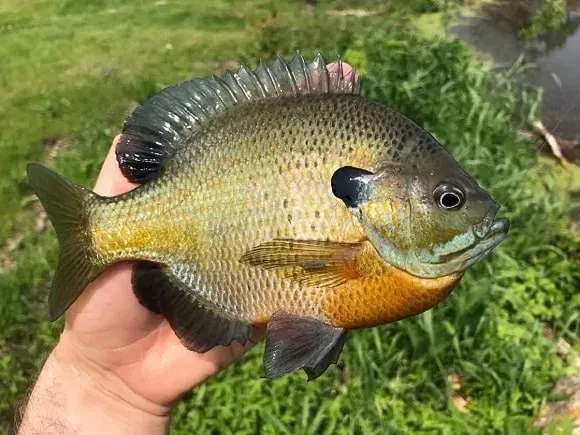
A minimum weight requirement for each species will deter excessive record applications for commonly caught weights.
Erickson emphasized the collaborative approach taken, stating, “Before making these changes, we discussed possible approaches with angling organizations and tribal interests and sought input via fishing-related Facebook pages and DNR email lists. Overall, we received very positive feedback.”
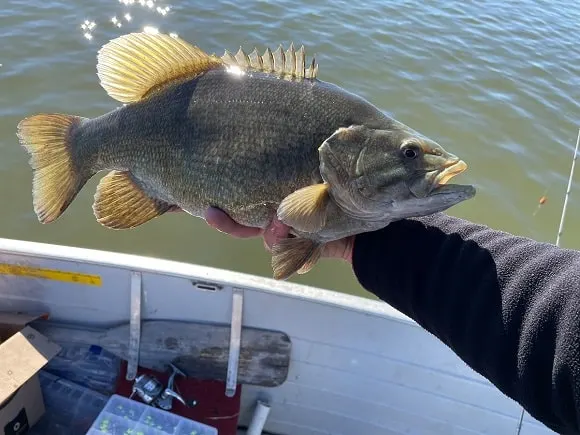
The Minnesota DNR’s record fish program, with almost a century of existence, has undergone these updates to cater to the evolving needs and interests of anglers.
Additional details, including minimum fish length and weight requirements, can be found on the Minnesota DNR record fish webpage.
Changed Regulations for Several MN Waters
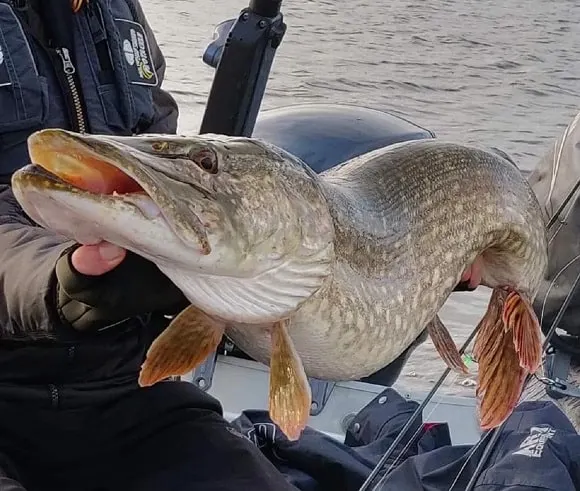
New and modified regulations will also be in effect for a variety of Minnesota waters. Anglers are advised to check the regulations book available March 1 for updated regulations pertaining to:
- Sunfish in Winnibigoshish Lake and connected waters, Beltrami, Cass, and Itasca counties
- Northern pike in Gull Lake chain, Cass and Crow Wing counties
- Sunfish in First, Second, Third, and Fourth Crow Wing lakes, Hubbard County
- Walleye in Big Sand Lake, Hubbard County
- Northern pike in Balsam, Haskell, and Scrapper Lakes, Itasca County
- Northern pike in Pearl Lake, Stearns County
- Crappie and sunfish in Clearwater and Maple lakes, Stearns and Wright counties
PRO TIP: The 2024 Minnesota fishing regulations will be available on March 1 on the Minnesota DNR website, and printed copies will be available starting the week of March 4 anywhere Minnesota fishing licenses are sold.
The Significance of Catch-and-Release Fishing: A Conservation Imperative
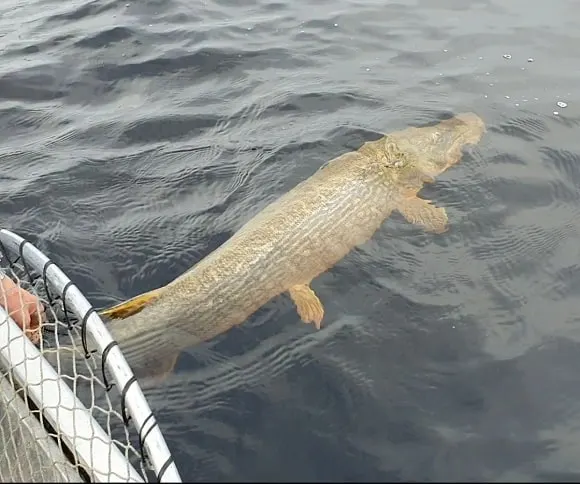
Catch-and-release fishing has emerged as a crucial practice in contemporary angling, playing a pivotal role in the conservation and sustainability of fish populations and aquatic ecosystems.
This approach, born out of a recognition of the delicate balance within aquatic environments, is not merely a recreational trend but a conservation imperative.
Preserving Genetic Diversity
Catch-and-release fishing safeguards the genetic diversity of fish populations by allowing individuals with unique genetic traits to contribute to the overall gene pool.
Releasing fish back into their habitats ensures that a broad range of genetic material remains in the population, enhancing its resilience to environmental changes and challenges.
Maintaining Population Stability
The selective release of fish, especially those that are at or below the minimum spawning size, contributes to maintaining stable population sizes.
Allowing younger fish to grow and mature before being harvested supports the replenishment of the population, preventing overexploitation and ensuring a sustainable balance within the ecosystem.
Protecting Trophy Specimens
Catch and release practices are particularly vital for preserving trophy-sized fish, which often serve as the breeding stock for a population.
By releasing these larger individuals, anglers contribute to the continuation of robust and genetically diverse populations, ensuring that future generations can also enjoy the thrill of catching trophy fish.
Preserving Biodiversity
Beyond individual species, catch-and-release fishing aids in the preservation of biodiversity.
By minimizing the impact on various fish species, including those not targeted for harvest, anglers contribute to the overall health and diversity of aquatic ecosystems.
This holistic approach helps maintain the delicate balance between predator and prey, contributing to the overall stability of the ecosystem.
Economic and Recreational Benefits
Catch-and-release fishing also generates economic and recreational benefits. Healthy fish populations attract anglers, supporting tourism and local economies dependent on recreational fishing.
Additionally, the thrill of catching and releasing fish adds an extra dimension to the angling experience, fostering a sense of respect for the environment and the creatures that inhabit it.
A Personal Reflection
Being an avid catch-and-release angler myself, this news made me quite happy and excited.
I practice C&R on many of my waters, and I know how beneficial it can be to the fish populations, so I really welcome changes and innovations like these.
What about you, dear reader? Do you practice catch-and-release for certain fish species? Do you think this is a good or bad thing?
Let me know in the comments below or in the comments section on Facebook.
Tight lines out there!
Featured image by peterk17700, CC BY-SA 3.0


Leave a comment